Optometry Practice Owner Resources
Reacting vs. RespondingBethany Fishbein, OD

Reacting vs. Responding: Knowing the difference is important and relevant!
Reacting vs. Responding
I was in a workshop on something totally unrelated to optometry (parenting!) and the speaker spent some time on the difference between reacting vs. responding.
I hadn’t thought much about it before, but it jumped out at me. Understanding the difference and understanding which one you’re doing (and when to do the other) is important and relevant to business ownership, as well as lots of other areas of life.
What’s the difference?
Things happen. As a practice owner, you’re thrown multiple “curveballs” throughout the day. When you’re faced with a situation or a problem, reacting is the immediate knee-jerk thing that happens almost subconsciously. A staff member quotes an incorrect fee at checkout – your immediate reaction is to sigh loudly, make a quick and sarcastic remark even though the patient is standing right there, and sulk off to your office to complain to someone else or distract yourself with your phone for a few minutes before your next patient is ready, leaving yourself frustrated and the staff member in tears, which is now another problem you’ll have to deal with. Reaction is quick, it’s rash, and it kind of just happens – not too much time and effort required. It’s also often unproductive or leads to actions you regret.
Responding on the other hand takes a bit more work (and delivers better outcomes). When a situation or problem arises and you can pause for a few seconds before the immediate reaction kicks in, you have the opportunity to think about the best solution and outcome for the problem. The staff member quotes the incorrect fee – and instead of reacting immediately, you pause (there can be some little physical or mental ritual here if you need it – deep breaths, count backward from 5 to 1, or whatever). The pause short-circuits the immediate reaction- which now gives you the chance to use a more rational part of your brain to analyze the problem, think about it, and come up with a solution that will give the best outcome. Maybe you realize you need a more straightforward fee schedule or need to create a plan for training that staff member.
The first step is to build awareness. Pay attention so you can recognize when you’re ready to react and practice the pause. Even if you just pause and do nothing else – at least you’re not leaving a new problem in your wake. But stopping there is unlikely. In the time that follows, the more rational parts of your brain will be at work figuring out a thought-out and appropriate course of action, that will move you closer to your goals.
